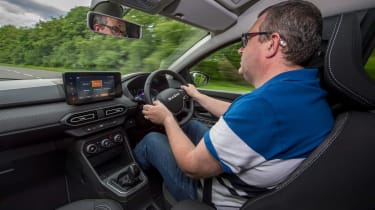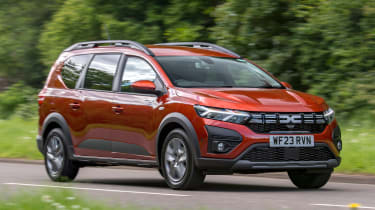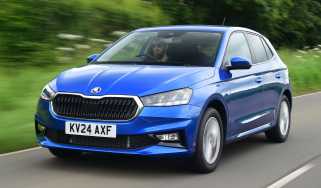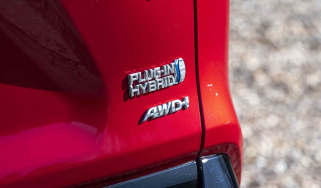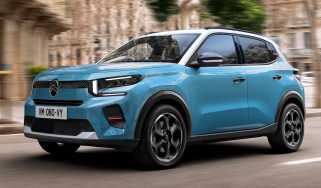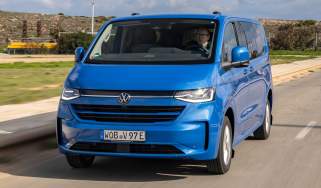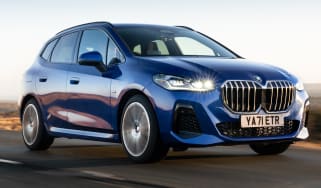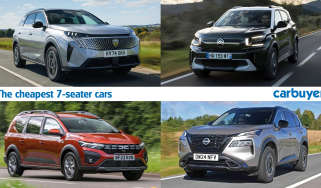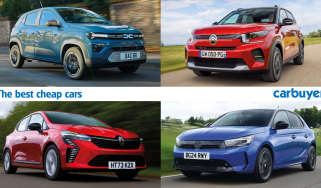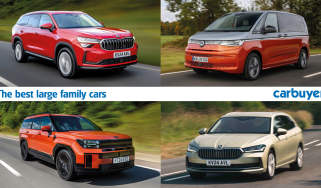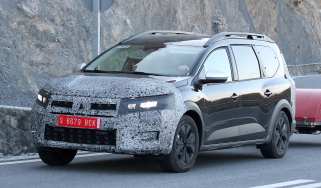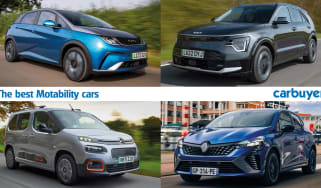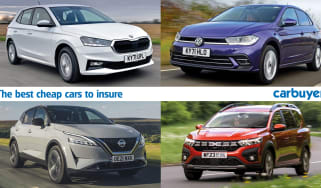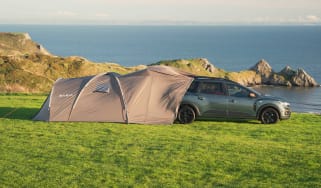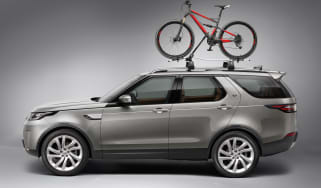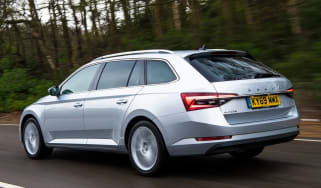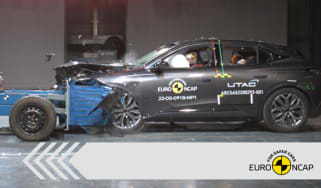Dacia Jogger review – the best-value seven-seater
“Besides a premium badge, the Dacia Jogger offers nearly everything – for less than a new supermini”
Pros
- Affordable and well-equipped
- Seven seats
- Clever and versatile
Cons
- One-star safety score
- Limited engine choice
- Only two ISOFIX points
Verdict – is the Dacia Jogger a good car?
The Dacia brand prides itself on offering value for money, and none of its models symbolises this more than the Jogger MPV. Although it’s let down by a spartan interior and poor safety score, the Dacia Jogger will nevertheless provide the best bang for your buck when it comes to interior space with its seven seats and a big boot for less than the price of a small hatchback. The hybrid Jogger occupies an even more unique segment of the market, costing around £7,000 less than a Toyota Corolla Hybrid, with no compromises on boot and interior space compared to the standard Jogger.
Dacia Jogger models, specs and alternatives
Dacia has taken the UK by storm since it entered the market, with its successful budget hatchback the Dacia Sandero, and its small SUV the Dacia Duster – now though, there’s an option for buyers looking for a great-value seven-seater, and it’s called the Dacia Jogger. If it looks familiar, that’s because it’s essentially an elongated version of the Dacia Sandero, which allows the brand to keep costs down for this family-friendly MPV.
 The best people carriers and MPVs on sale in 2025
The best people carriers and MPVs on sale in 2025
Although Dacia has previously offered its models with old technology to stick to a budget, the latest Jogger’s Sandero underpinnings are derived from modern tech used in the Renault Clio, so while it’s still fairly basic, it doesn’t feel ancient. In fact, the Dacia Jogger is even offered as an of-the-moment hybrid model, making it more frugal than the standard petrol, and a little more powerful too.
Seven-seater alternatives to the Dacia Jogger include MPVs such as the Citroen Berlingo, Volkswagen Caddy and its closely related cousin, the Ford Tourneo Connect. There are also SUVs such as the SEAT Tarraco, Skoda Kodiaq and Nissan X-Trail, but these start to cost significantly more than the Jogger, making them less direct competitors unless you can find a particularly good deal. The Dacia Jogger is by far the cheapest seven-seater on sale now, especially given its closest rival, the Citroen Berlingo, now only gets seven seats in the pricey all-electric e-Berlingo guise.
Simple as the Jogger itself is, the budget seven-seater’s trim lineup comprises three different versions: Essential, Expression and the range-topping Extreme. While Dacia has historically been miserly in providing entry-level models with much equipment, base Essential variants of the Jogger still get body-coloured bumpers, LED headlights, air conditioning, cruise control and rear parking sensors. There’s no infotainment display, but there is a phone holder and access to Dacia’s apps; it's a cost-saving, practical solution that’s easy to use.
Expression adds an impressive spread of equipment. There’s a reversing camera, front parking sensors, an electric handbrake and keyless entry – plus an eight-inch infotainment touchscreen with the latest smartphone connectivity. Extreme seems extravagant by comparison, with its alloy wheels, heated seats and sat nav.
Extreme is geared towards outdoorsy customers and adds an exclusive Cedar Green paint colour with Copper Brown finishings on the exterior, a unique topographical pattern for the doors and interior trim, and also black alloy wheels. It also gets durable upholstery and Dacia’s ‘Extended Grip’ feature which tweaks the car’s stability control system to make it more capable on loose surfaces at the touch of a button.
Jogger buyers can also spec a novel ‘Sleep Pack’ accessory, should you wish to go camping in the car. The pack unfolds to reveal a bed that can accommodate two people, and includes a 220-litre storage box.
There’s less choice in the engine bay, as the only powertrain available at launch was Dacia’s 1.0-litre three-cylinder petrol engine. With 108bhp on tap and coming as standard with a six-speed manual gearbox, this provides ample pulling power to get up to motorway speeds – even when the Jogger is fully-loaded. Early 2023 saw the introduction of a 1.6-litre 138bhp self-charging hybrid setup, shared with the mechanically-similar Renault Clio. Offered alongside the pre-existing 1.0-litre petrol, this should return up to 56.5mpg and comes fitted with an automatic gearbox. We found this fuel economy figure was easy to match and even exceed during our first drive.
While the Jogger uses the same platform as the aforementioned Clio and Sandero, it’s been stretched to create a huge amount of space inside the cabin. Second-row passengers will enjoy more room than in most family hatchbacks, and even the third row is spacious enough for adults – once they’ve got through the slightly narrow gap to access the rearmost seats. Even with all seats in place, the boot is an okay size, but you get a van-like space with the third row of seats folded down.
The Jogger’s safety score looks a little concerning. Euro NCAP, an independent organisation that crash-tests new cars to see how safe they are, gave the Jogger a one-star rating (out of five) in 2021 and called its performance ‘disappointing’. The low score was largely due to the lack of a seatbelt reminder in the third row of seats and some missing active safety tech. But it's worth noting that the entire Dacia range, including the Jogger, was updated in 2024 to meet stricter European safety standards, bringing new safety features that would improve its score if it was retested today.
Besides that, there’s very little not to like about the Jogger. It’s not exciting, but it’s not meant to be – and you get so much space and all the features you need for an affordable price, along with the option of a seven-seat hybrid that’s unique at this price point. It starts from around £250 per month on a PCP finance deal with a reasonable upfront payment, which is staggering value – unless you place safety as particularly important.
